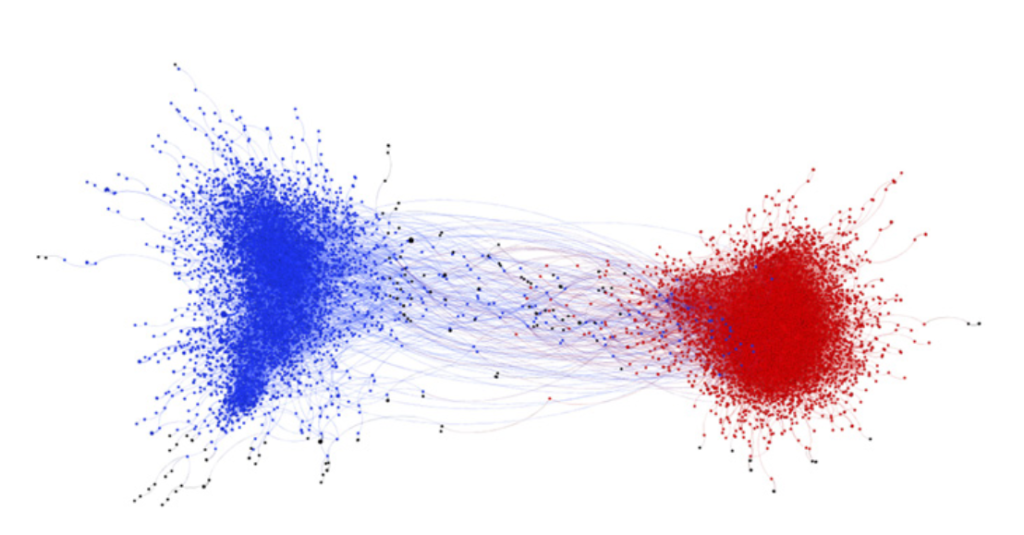I am particularly interested in studying extremist speeches on social media.
Social media platforms have become powerful channels for the dissemination of extremist content, ranging from personal harassment to the promotion of conspiracy theories like climate denial. Unfortunately, extensive research consistently reveals that these extremist speeches, despite being predominantly false and evoking negative emotions that are detrimental to mental health, receive significantly more engagement and spread at a rapid pace (Brady et al., 2017; Simchon et al., 2022).

Building upon this existing body of research, my project aims to investigate a crucial question: while we acknowledge that extremist speeches proliferate extensively on social media, do they genuinely shape public opinion? One concerning potential consequence of such speeches, which both researchers and policymakers find worrisome, is their potential to further polarize our society (Bail et al., 2018). Extremist speeches often exhibit high levels of attitudinal extremity and evoke moral emotions (Brady et al., 2017). Moral emotions are rooted in concerns about harm and the violation of moral norms (Gray et al., 2017; Schein & Gray, 2018), extending beyond self-interest (Haidt, 2003). Studies have demonstrated that individuals are inclined to pay greater attention to content that elicits moral emotions (Brady et al., 2020). Consequently, this may entice individuals who initially hold mild or neutral beliefs to gravitate towards the extreme end of the spectrum. In essence, extremist speech may fuel ideological polarization, where people divide into two sharply contrasting sets of beliefs (Jost et al., 2022). Additionally, the emotionally charged language associated with moral emotions may contribute to affective polarization, wherein individuals develop strong favoritism towards their ingroup and animosity towards outgroups (Druckman et al., 2020). These polarizations pose a significant risk, as they can hinder collective responses to societal crises such as the COVID-19 pandemic and climate change, and even lead to political violence and the erosion of democratic value (Voelkel et al., n.d.).
Moving forward, the next phase of my project involves designing a behavioral experiment and collecting data to empirically test these hypotheses.

